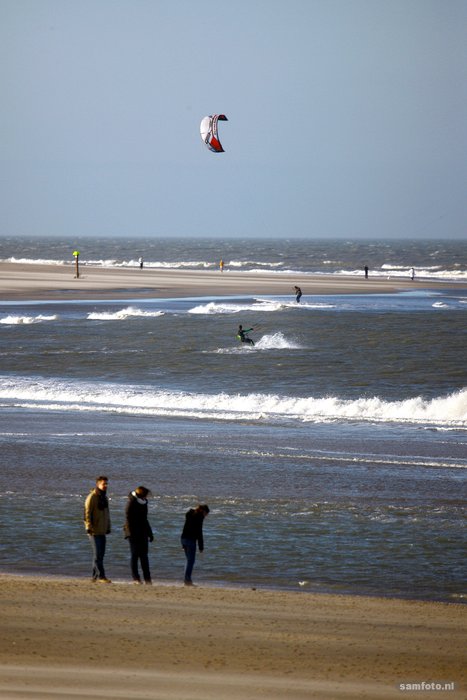Sand Motor ten years on
The North Sea cormorants and terns just love the Sand Motor, an artificial peninsula near Kijkduin made from 21.5 million cubic metres of sand. The hikers and kite surfers feel the same. It’s now a decade since the first grains of sand were deposited there. This pilot, run by Rijkswaterstaat and the Province of Zuid-Holland, with partners including TU Delft, Deltares and Wageningen University, aimed to find out if wind and current would spread the sand along the coast and towards the dunes, ultimately reinforcing the coast and creating a dynamic nature reserve and recreation area. The results are promising: on the southern section of the Sand Motor, dunes up to three metres in height have formed on the beach.
TU alumnus Bas Huisman, now a coastal expert at Deltares, is monitoring developments around the Sand Motor. “This shows us how sand spreads along the coast, how new vegetation and dunes grow, where life develops on the seabed and how we can combine recreation with nature.”
This knowledge has been used in developing the Hondsbossche Dunes. A small Sand Motor (five million cubic metres of sand) has also been created in the Amelander Zeegat and the idea has been applied internationally. A small Sand Motor was created in Bacton in the UK in 2018.
